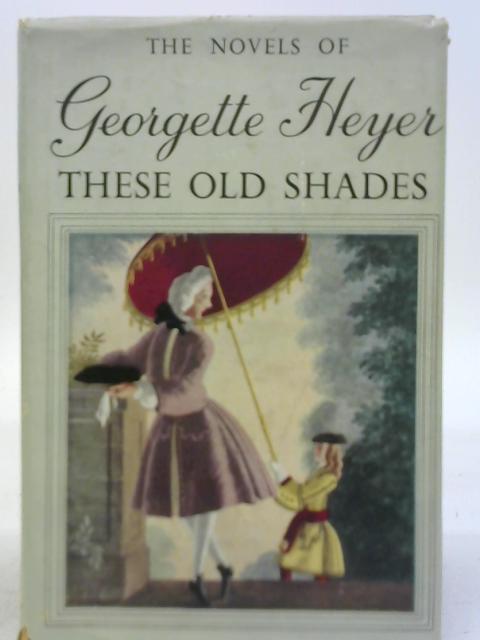


The story has its share of scenes where our heroine gets to display sense over sensibility, our hero recognizes this and the reader is thrilled to participate. It's great stuff.įor those of us who like this sort of thing, The Devil's Cub is totally delicious, rambunctiously theatrical, packed with outlandish characters and full of heart in that Jane Austen style where character is recognized over beauty. Her characters show who they are by how they ride and drive.

Especially she has illuminated in detail the transportation at that time, the difference carriages, the value of a horse, the style of riding and driving and the conditions of the roads. In many of her novels she describes activities I've never found in other novels. She was a wonderful researcher in the details of this Georgian period. I have read many of her books and have enjoyed all of them to varying degrees. Georgette Heyer is considered the grandmother of the Regency Romance novel genre. Finally I found a hard copy of The Devil's Cub. Secondly, I read The Devil's Cub because I wanted to read the trilogy, since I already possess a copy of An Infamous Army, and could not find a copy of These Old Shades. Heyer remains a popular and much-loved author, known for essentially establishing the historical romance genre and its subgenre Regency romance.įirst of all the frustration of not being able to locate the novel The Devil's Cub as a single book on Goodreads is unpleasant.

While some critics thought her novels were too detailed, others considered the level of detail to be Heyer's greatest asset. Her Georgian and Regencies romances were inspired by Jane Austen. She wrote one novel using the pseudonym Stella Martin. She made no appearances, never gave an interview and only answered fan letters herself if they made an interesting historical point. Heyer was an intensely private person who remained a best selling author all her life without the aid of publicity. Beginning in 1932, Heyer released one romance novel and one thriller each year. Rougier later became a barrister and he often provided basic plot outlines for her thrillers. In 1925 she married George Ronald Rougier, a mining engineer. Her writing career began in 1921, when she turned a story for her younger brother into the novel The Black Moth. Georgette Heyer was a prolific historical romance and detective fiction novelist.


 0 kommentar(er)
0 kommentar(er)
